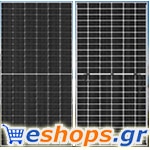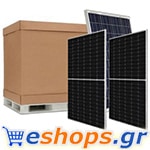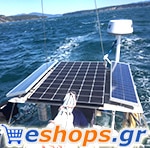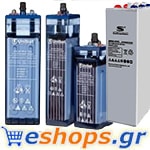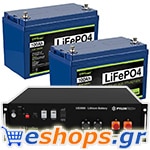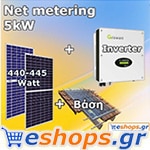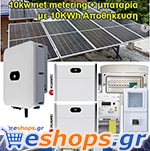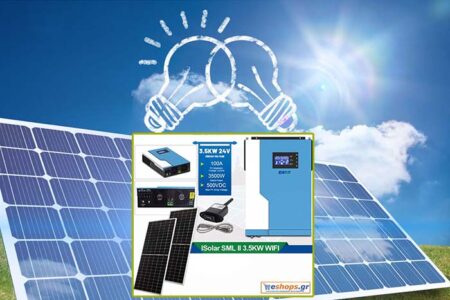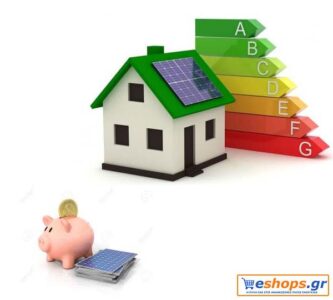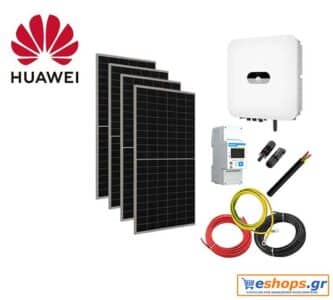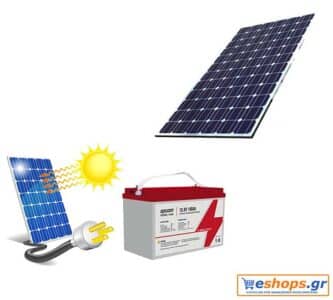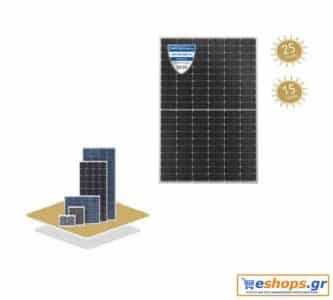Perovskite solar panel loses 25% efficiency over 9 months
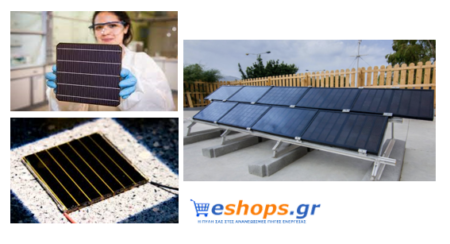
solar panel, perovskite, photovoltaics, energy, new technology
The researchers studied an array solar panels perovskite with little production loss due to high temperatures and better than expected performance.
M. Chikao and other researchers at Japan's National Institute of Advanced Industrial Science and Technology first created an optical absorption layer using a perovskite crystal structure in 1999. Nearly 25 years later, researchers are still working to stabilize solar degradation.
This time, researchers from several universities across the Mediterranean built and developed a perovskite solar panel that lasted about nine months. The panels degraded by about 25% from their original performance before experiencing a catastrophic encapsulation failure. This led to mechanical panel failure, as the elements quickly wear down the perovskites.
In " Integrating Materials-Based Two-Dimensional Perovskite Solar Panels into a Standalone Solar Farm ," three researchers described how the collaboration proceeded to fully fabricate nine 0,5-square-meter perovskite solar panels. The panels consisted of 40 individual “modules” with the array peaking at 261 watts of output, while individual modules ranged in output from 25 W to 35 W. The authors reported that the 360 solar cells, measured in 1 insolation, were efficient by 12,5%±1,6.
The authors also provided a companion paper that breaks down all the components involved in building one of their solar panels, even the electricity consumed in the construction (about 11,25 kWh).
After deploying in June, the panel peaked at over 250 watts of output. The panel saw an immediate drop in output, followed by a flat month and then a slow but fairly steady decline in peak output of 20% in the January-February period. At that point, production degradation accelerated sharply and was followed by a complete plasticization failure, allowing oxygen and water to enter.
The team suggests that the lamination failure was due to the use of the low temperature (85 °C) laminate chosen to seal the solar cells inside the panel frame. A low-temperature laminate was chosen as a way to avoid destroying the temperature-sensitive perovskites in the lamination process, as perovskite degradation is accelerated at higher temperatures.
A very interesting observation is that the output losses were almost zero as the temperatures increased to 50°C and above. The author's statement, "unlike many semiconductors, in which the optical band gap (EG) decreases almost linearly with increasing temperature associated with solar cell operation, halide perovskites have a positive correlation between the optical band gap and of temperature".
The authors explain that the gains resulting from the increased optical bandgap were likely offset by a number of uncertain factors, which should be addressed in future research. In general, at 50 C, one would expect that the yield of a solar panel of silicon will be reduced by 7,5% to 15% from its maximum efficiency.

